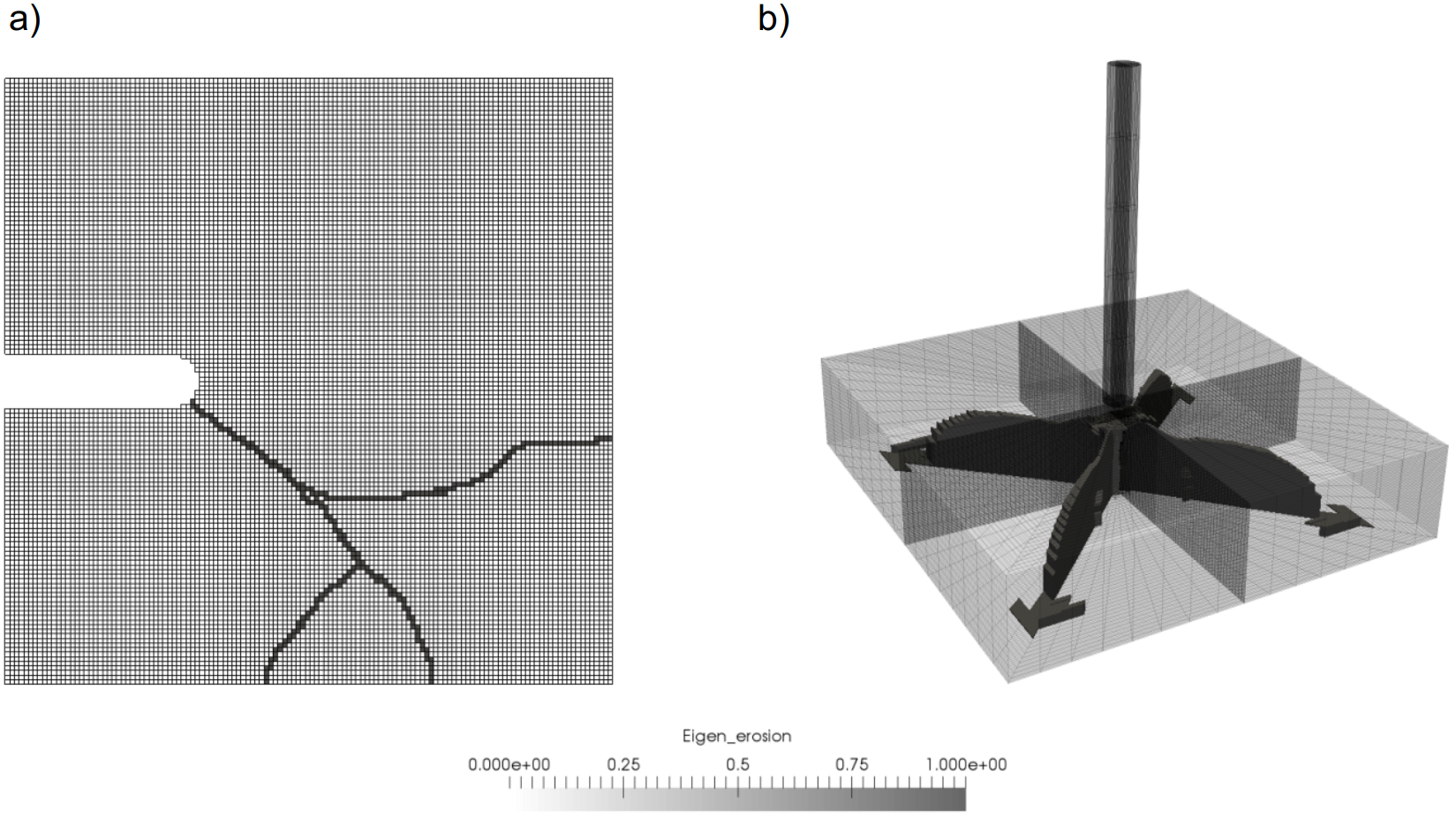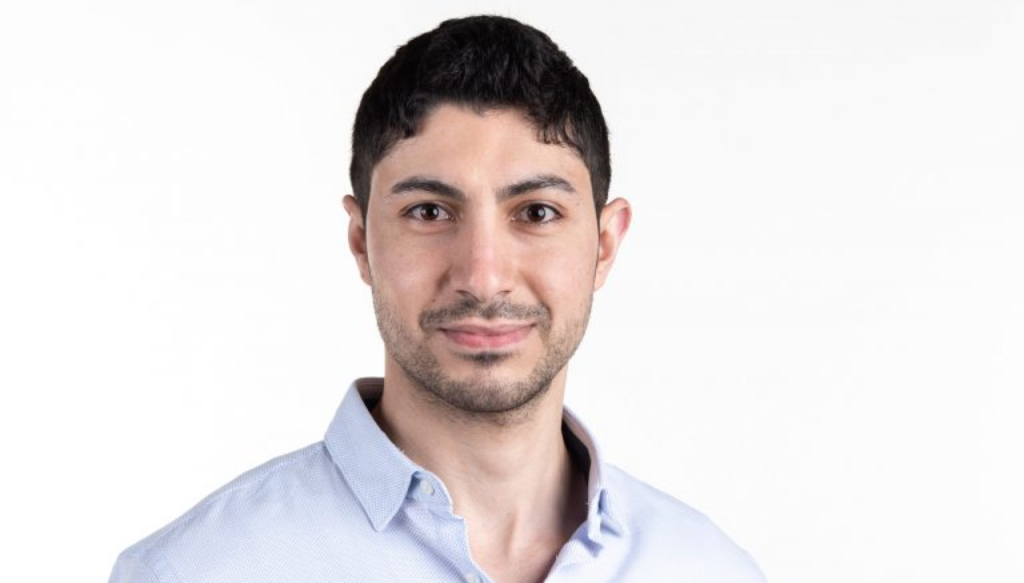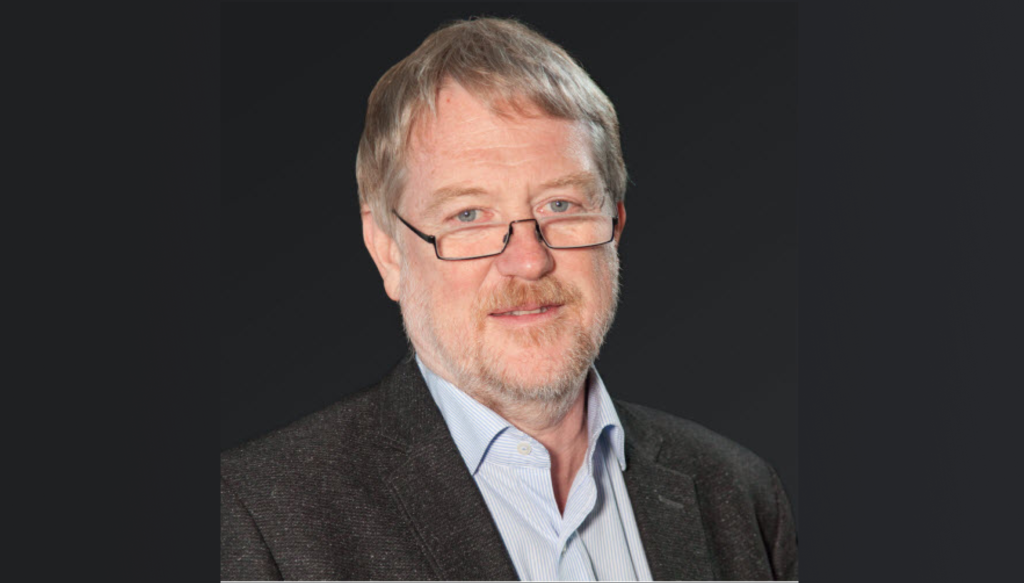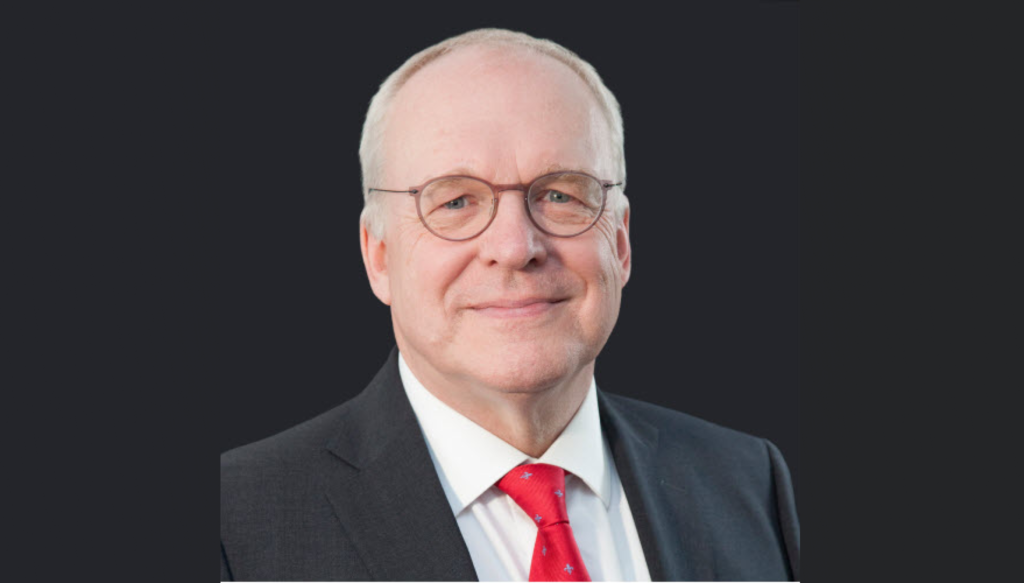Projects Overview B4/II Failure simulation of structures at impact loading strengthened by mineral-bonded composite layers
B4/II Failure simulation of structures at impact loading strengthened by mineral-bonded composite layers
Numerical modeling of concrete behavior faces numerous challenges due to its unsymmetric response in compression and tension and due to its quasi-brittle nature at failure. This characterization becomes even more complex at impact loads, where rate effects considerably change concrete properties. To simulate this behavior, a robust algorithm that models fracture in the variational sense will be implemented and a material model that mimics the physics of this behavior will be formulated.
The eigenerosion approach is a numerically efficient and stable realization of the variational eigenfracture scheme. Due to its regularization via the crack neighborhood, localization and mesh dependency are generally avoided. The material description developed in the first GRK 2250 cohort (Project B4), which includes a consistency viscoplastic constitutive formulation in the microplane framework, is suitable to predict a wide range of concrete material characteristics at high loading rates.

Crack propagation represented by the eigenerosion approach for a) a CT-specimen (Qinami, Pandolfi, Kaliske, IJNME 2019), b) impact on concrete plate.
Contributors

Doctoral Researcher
(2020-2023)
Ahmad Chihadeh, M.Sc.
Institute of Structural Analysis
TU Dresden
Georg-Schumann-Straße 7
01187 Dresden
Germany

Principal Investigator
Univ.-Prof. Dr.-Ing. habil. Michael Kaliske
Institute of Construction Materials
Von-Mises-Bau (VMB), Room 101A Georg-Schumann-Straße 7
01187 Dresden
Germany
- michael.kaliske@tu-dresden.de
- Institute
- +49 351 463 34386
- +49 351 463 37086

in cooperation with
Univ.-Prof. Dr.-Ing. Dr.-Ing. E.h. Manfred Curbach
Institute of concrete structures
ABS, Floor 05, Room 009
August-Bebel-Straße 30/30A
01219 Dresden
Germany
- Manfred.Curbach@tu-dresden.de
- Institute
- +49 351 463 37660
- +49 351 463 37289

